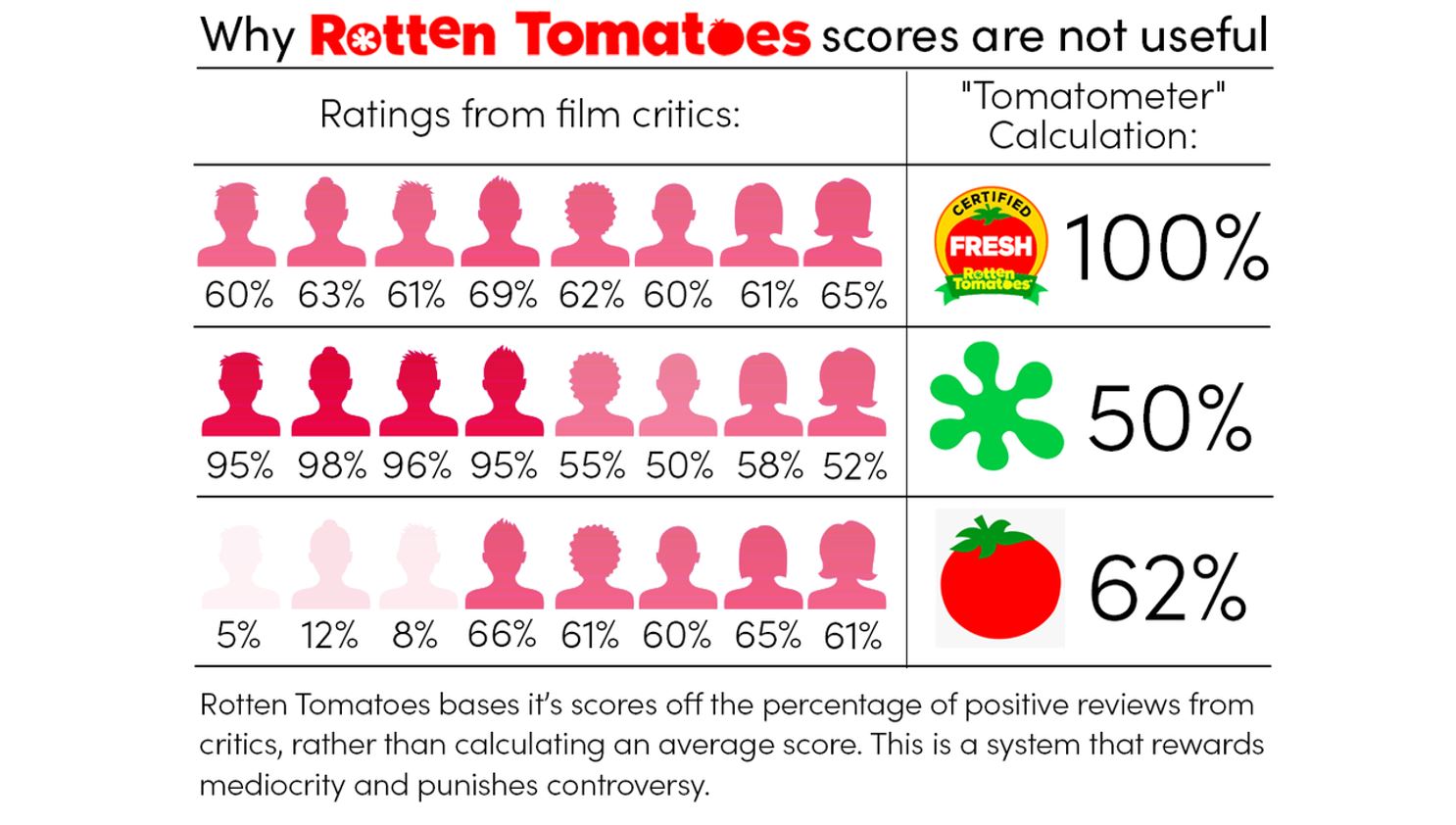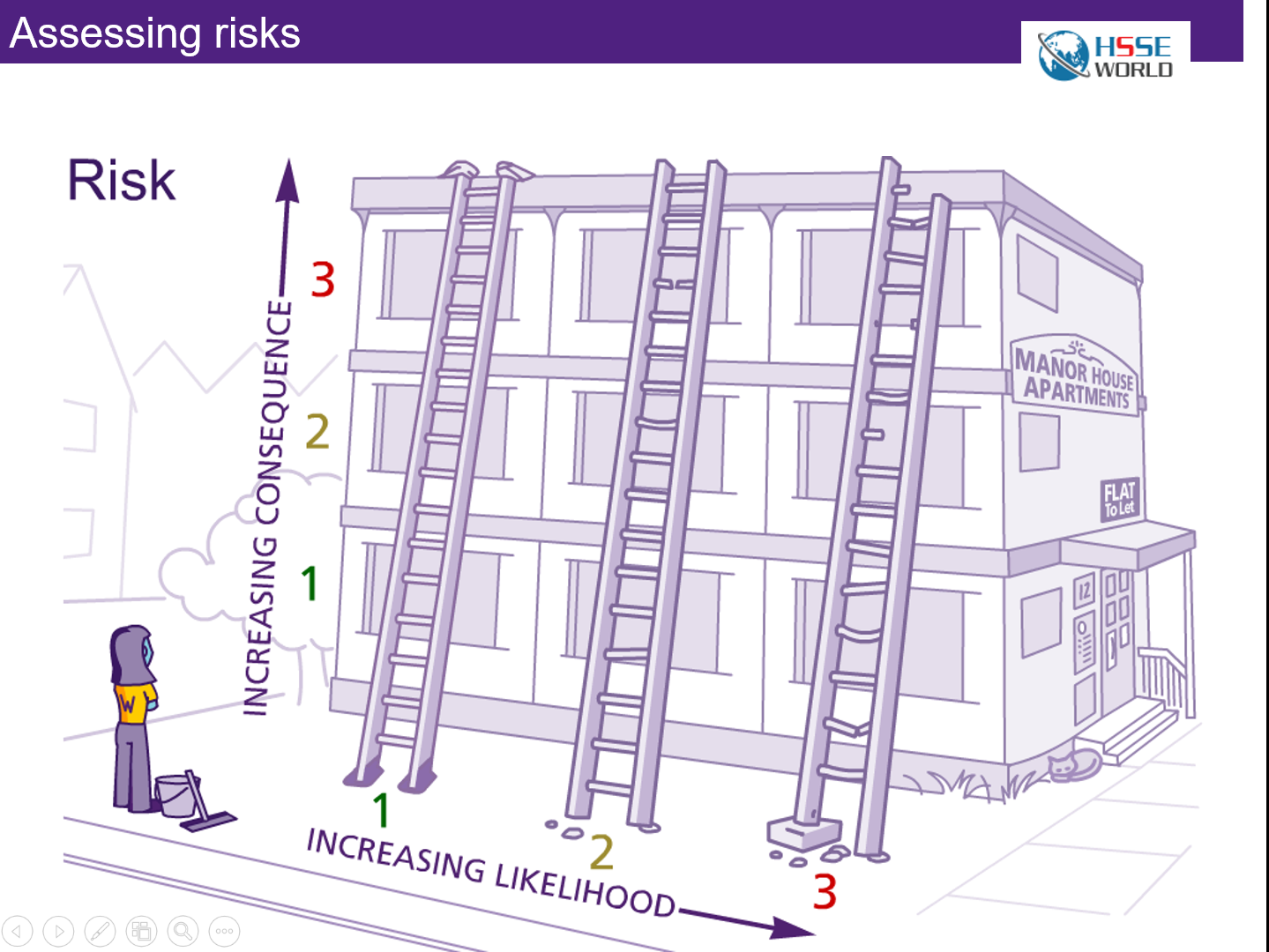A Post-Mortem On Skype: What We Can Learn

Table of Contents
Skype's Rise: A Case Study in Early VoIP Success
Early Innovation and Market Domination:
Skype expertly exploited the early adoption of VoIP technology, offering a user-friendly interface that significantly outshone its competitors. This simple, intuitive design was a key differentiator. Furthermore, its initial offering of free peer-to-peer calls built a massive user base quickly. This strategy was brilliant; it allowed Skype to rapidly gain market share by undercutting traditional phone call costs and making international communication accessible to a much broader audience. Crucially, Skype's successful transition from a purely peer-to-peer (P2P) architecture to a server-based system improved scalability and reliability, enabling further growth.
Key Features that Drove Adoption:
Several key features contributed to Skype's meteoric rise:
- Free peer-to-peer calls: This disrupted the traditional telecommunications market by offering free calls over the internet.
- Affordable international calls: Skype made international communication affordable for millions, breaking down geographical barriers.
- Easy-to-use interface and cross-platform compatibility: The simple interface ensured ease of use across various operating systems, maximizing accessibility.
- Integration with other Microsoft services (later): After Microsoft's acquisition, integration with other Microsoft services broadened its appeal, though this was a double-edged sword (discussed later).
The Decline of Skype: Factors Contributing to its Loss of Market Share
Increased Competition:
Skype's dominance was eventually challenged by a wave of new competitors and technological shifts:
- Rise of messaging apps with integrated calling (WhatsApp, Messenger, etc.): The integration of calling features within popular messaging platforms offered a seamless and convenient alternative.
- Emergence of specialized video conferencing solutions (Zoom, Google Meet, etc.): Dedicated video conferencing platforms often offered superior features and reliability for business and professional use.
- Competition from free, integrated calling features in operating systems: Operating systems like iOS and Android increasingly incorporated free calling features, reducing the need for separate applications.
User Experience Degradation:
Over time, several factors negatively impacted Skype's user experience:
- Complaints about reduced call quality: As the user base grew, call quality issues became more frequent.
- Increased advertising and premium features: The introduction of more ads and push towards paid features alienated some users who had originally appreciated the free service.
- Complex interface changes and feature bloat: The addition of numerous features over time led to a more cluttered and less intuitive user interface.
- Security and privacy concerns: Reports of security vulnerabilities and privacy concerns eroded user trust.
Microsoft's Acquisition and Strategic Shifts:
Microsoft's acquisition of Skype, while initially promising, introduced new challenges:
- Integration with Microsoft ecosystem sometimes hampered user experience: The forced integration with other Microsoft services sometimes negatively impacted the user experience and increased complexity.
- Focus shifted towards enterprise solutions, potentially neglecting the consumer base: A shift in focus towards business solutions potentially left the original consumer base underserved.
- Lack of consistent innovation and feature updates: Compared to more agile competitors, Skype seemed to lag in innovation and timely feature updates.
Lessons Learned from Skype's Trajectory
The Importance of Adaptability and Innovation:
The tech landscape changes rapidly; constant evolution is crucial for survival. Skype's initial success stemmed from its innovative approach to VoIP; however, its failure to adapt to changing market demands and emerging technologies led to its decline.
Maintaining User Experience:
Prioritize simplicity, reliability, and user satisfaction above all else. Skype's deterioration in user experience played a significant role in its loss of market share.
Understanding Market Trends and Competition:
Be aware of emerging technologies and competitors to anticipate changes. Skype failed to adequately respond to the rise of integrated calling within messaging apps and dedicated video conferencing platforms.
Balancing Monetization and User Experience:
Revenue generation shouldn't compromise the core user experience. Skype's increased focus on monetization, which sometimes came at the expense of user experience, contributed to its decline.
Conclusion
Skype's story is a powerful reminder of the impermanence of market dominance in the rapidly evolving tech world. By analyzing its rise and fall, we've identified key lessons about innovation, user experience, competition, and the critical importance of adapting to change. To avoid a similar fate, businesses and developers need to prioritize user satisfaction, embrace continuous innovation, and remain vigilant about emerging trends in the ever-changing landscape of online communication and VoIP services. Learn from the Skype post-mortem and build a more resilient and successful future for your communication technology. Don't let your VoIP or video conferencing solution become another cautionary tale.

Featured Posts
-
 John Wick 3 A Critical Underdog Analyzing Its Low Rotten Tomatoes Rating
May 07, 2025
John Wick 3 A Critical Underdog Analyzing Its Low Rotten Tomatoes Rating
May 07, 2025 -
 The Karate Kids Enduring Impact Continuity In Cobra Kai
May 07, 2025
The Karate Kids Enduring Impact Continuity In Cobra Kai
May 07, 2025 -
 Two Year Hiatus Ends Lewis Capaldi Plays For Mental Health Cause
May 07, 2025
Two Year Hiatus Ends Lewis Capaldi Plays For Mental Health Cause
May 07, 2025 -
 Assessing The Risks Chinese Plastics Dependence On Iranian Supplies
May 07, 2025
Assessing The Risks Chinese Plastics Dependence On Iranian Supplies
May 07, 2025 -
 Are Bmw And Porsche Losing Ground In China A Look At The Competitive Landscape
May 07, 2025
Are Bmw And Porsche Losing Ground In China A Look At The Competitive Landscape
May 07, 2025
Latest Posts
-
 Cavs Launch New Ticket Donation Platform
May 07, 2025
Cavs Launch New Ticket Donation Platform
May 07, 2025 -
 A Practical Guide To Investing In Xrp Ripple
May 07, 2025
A Practical Guide To Investing In Xrp Ripple
May 07, 2025 -
 Revealing The Voice Actor Behind Kenny In The White Lotus Season 3
May 07, 2025
Revealing The Voice Actor Behind Kenny In The White Lotus Season 3
May 07, 2025 -
 Investing In Cryptocurrency Is Xrp Ripple Right For You
May 07, 2025
Investing In Cryptocurrency Is Xrp Ripple Right For You
May 07, 2025 -
 The White Lotus Season 3 Identifying The Voice Actor For Kenny
May 07, 2025
The White Lotus Season 3 Identifying The Voice Actor For Kenny
May 07, 2025
